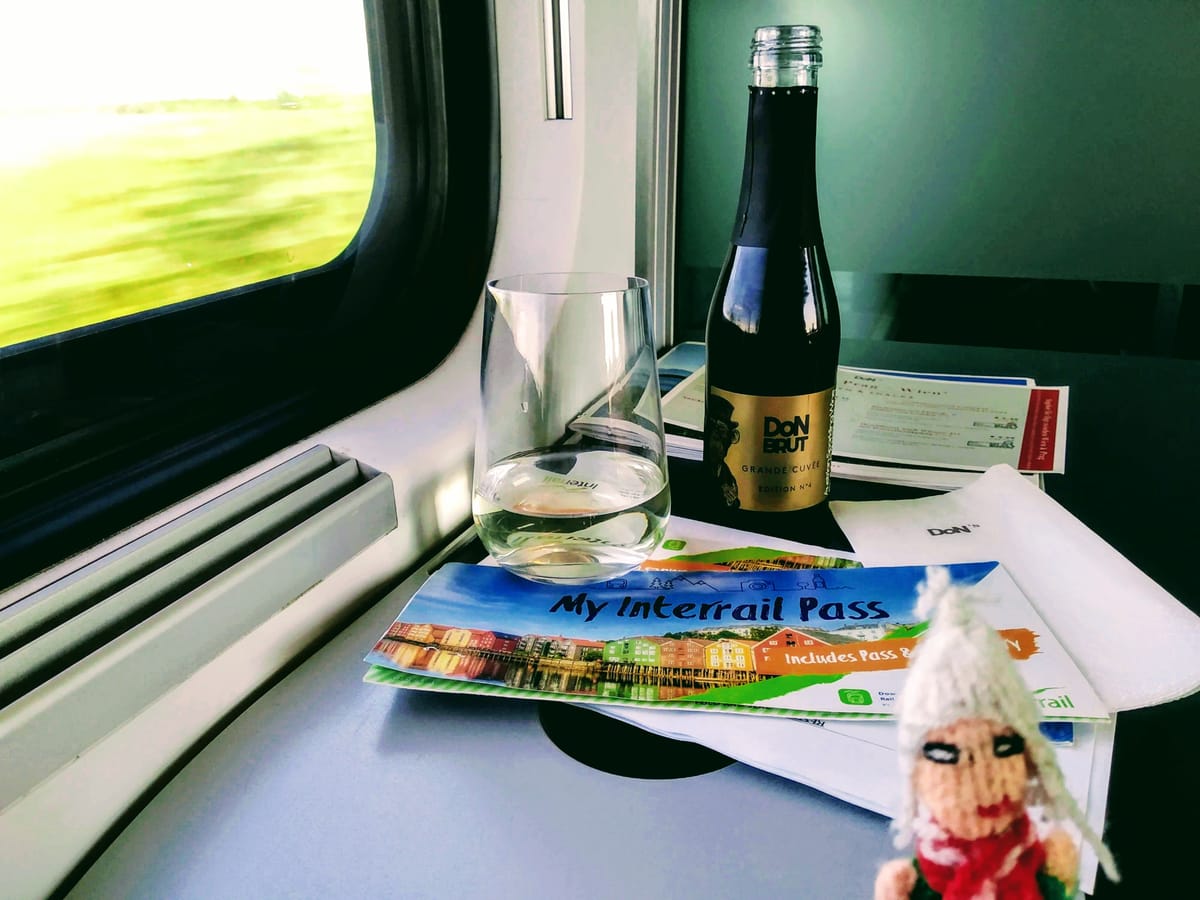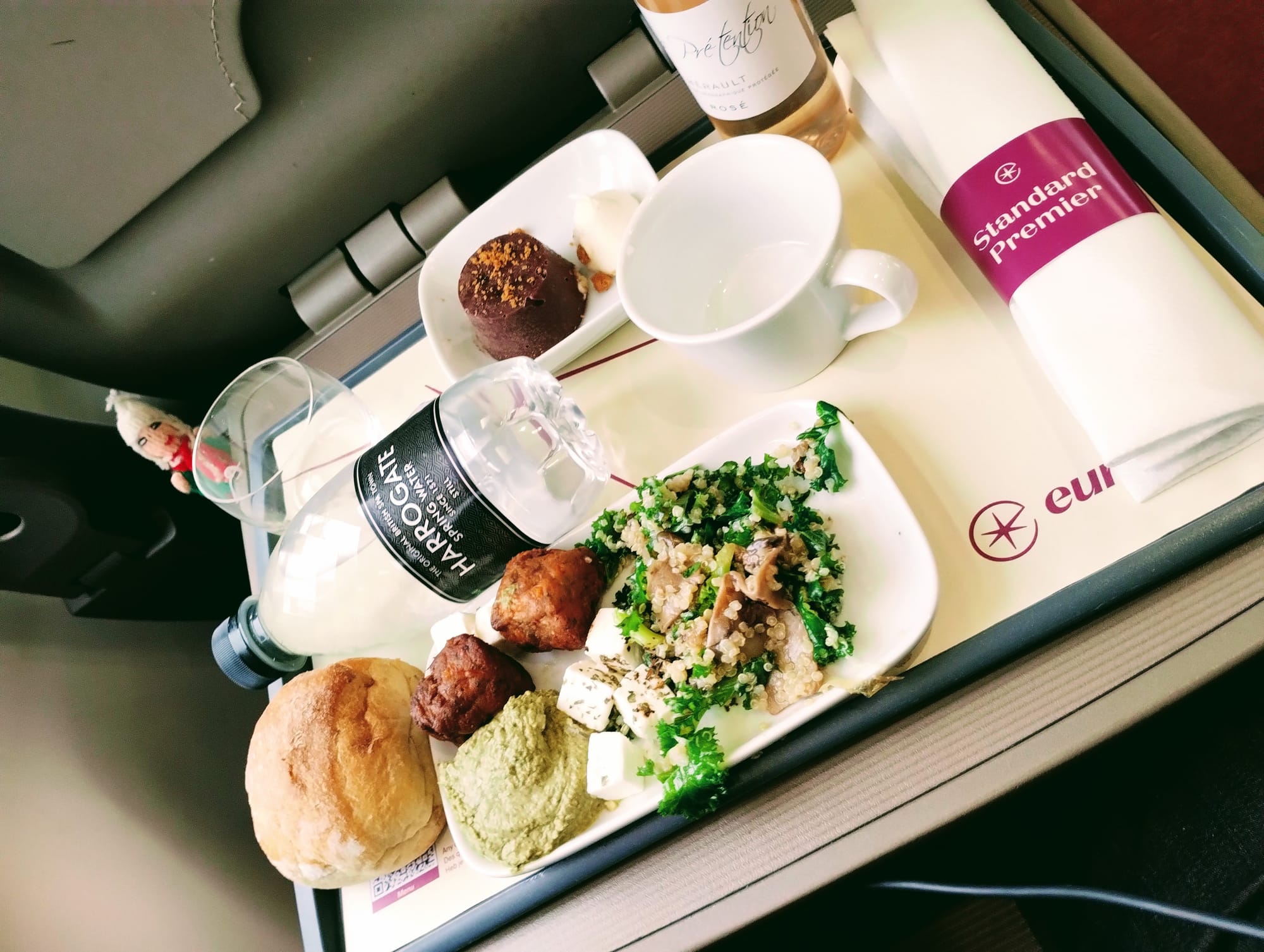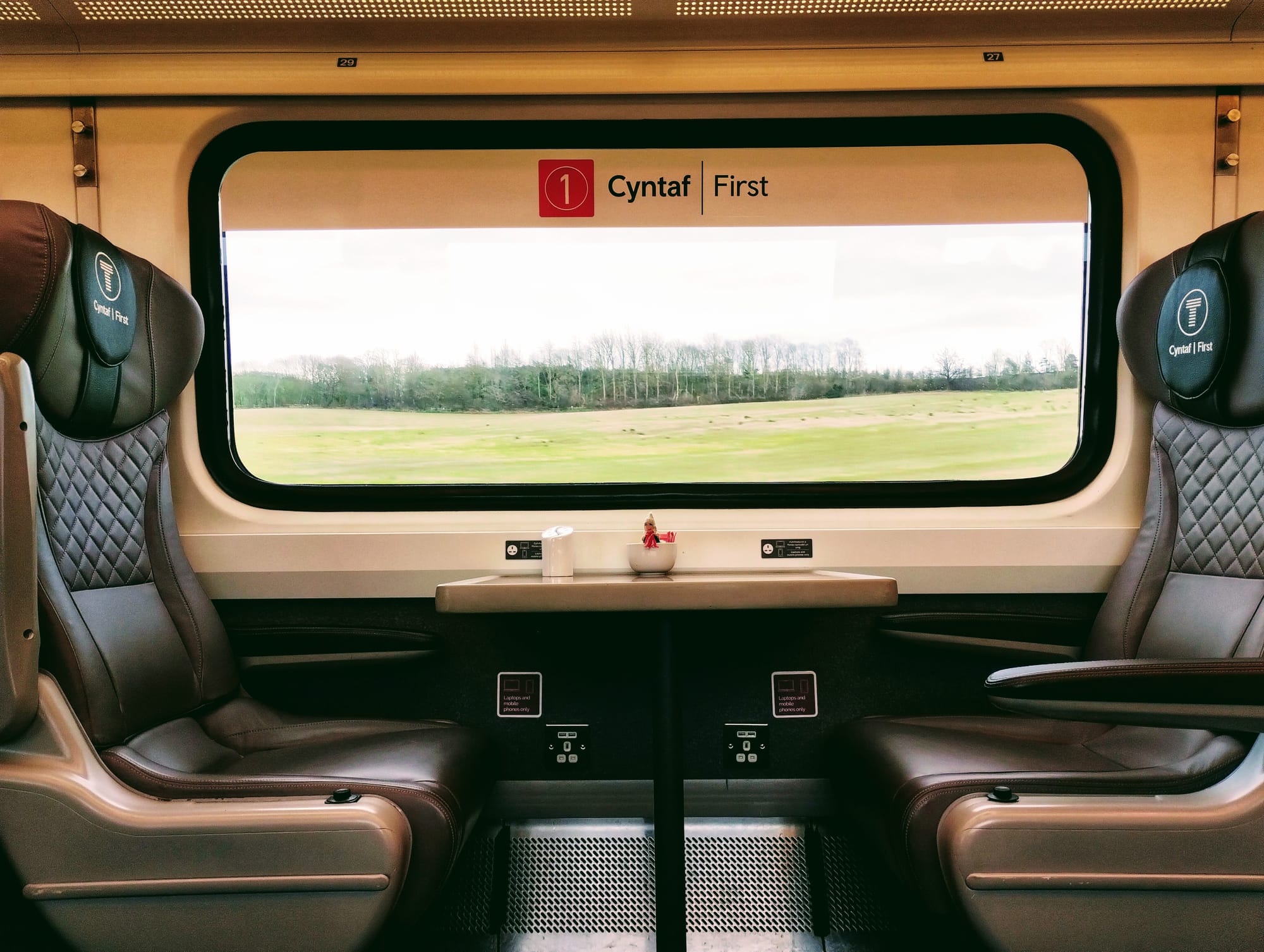Ten days to go...
Grab yourself a discounted Interrail pass before it's too late!

If you read this blog frequently, you'll know that the best way to travel around Europe on the train is with the help of an Interrail pass if you're an EU resident, or a Eurail pass if you're visiting from more distant climes.
These passes are currently available with a reduction of 20% in Interrail's "Discover the magic of off-season Europe" promotion. They are available to purchase until 3rd July and can be activated any time from 1st September 2025 to eleven months from the date of purchase.
For those over 27 on the first day of travel, the cheapest of these is the 226€ four-day pass which allows four days of travel in second class in one month. The most expensive, in first class, is the three-month continuous pass at 971€. Travellers over the age of 60 on the first day of travel can benefit from an additional 10% off. Children under 12 go free with an accompanying adult, but please – for the love of Noodles – muzzle them first.

How does it work?
Two types of pass are available in this promotion: the flexi-pass and the continuous pass.
The flexi-pass allows four, five, seven, ten, or fifteen days of travel within a one-month period (or two for the ten and fifteen-day passes). The continuous pass is literally what its name suggests; a pass that allows continuous travel for the whole of its validity, from 15 days to three months.
At the end of my two-month adventure, I would have happily travelled for a third; the pass is valid in 33 participating countries, of which I visited only ten.
Travel days
A travel day is a 24-hour period from 00:00 (midnight) to 23:59 in which you can travel on trains with your Interrail Pass. If you're already on board before 23:59 on a travel day, your pass remains valid for as long as you stay on the train. Theoretically, then, you could board a morning train in Edinburgh and arrive in Paris in time to get a night train to Vienna or Berlin, or an onward TGV to Zurich for a night train to Zagreb or Budapest.
Ordinarily, a first-class journey with LNER from Edinburgh to London King's Cross on 1st September would cost 180€, and the onward Eurostar to Paris 185€. With a pass that's reduced to 40€ for the Eurostar seat reservation, plus the "day" cost of the pass itself. The pass has paid for itself before you've even sniffed a croissant.
If you're keen to see how far you can get from a station in a set time, Chronotrains is a great way to use time that could otherwise be wasted doing sensible things. The Interrail timetable or planner app will help with train times.
Seat reservations
Depending on the country, some train companies allow you to walk onto any train, flash your pass, and take up residence in any available seat or even reserve a seat in advance for a modest fee. vagonWEB is a great way to find where to sit.
Others – I'm thinking of you, SNCF – insist you reserve a seat in advance, but even with these reservation fees included, the pass is a great way to travel. Night trains will incur higher reservation fees but still offer significant savings.

Free stuff, yay!
Everyone loves free stuff, and a first class pass often comes with complimentary perks.
In the UK, for example, many train operators provide complimentary meals to customers travelling in first class, even on a pass, and lounge access is also available in many countries. If you have time between trains, it's nice to duck into the relative peace and quiet of a lounge to stock up on snacks.
With an Interrail pass I’ve had success accessing lounges in:
- Austria (the ÖBB lounges in Vienna and Graz offer snacks, Wi-Fi, and cake)
- Sweden (the SJ lounges in Stockholm and Gothenburg offer fabulous free treats, including a literal smorgasbord of cake)
- Czechia (the ČD lounges in Prague and beyond are probably not worth the effort, although there is coffee)
- Hungary (Budapest Keleti’s lounge is easy to miss but worth seeking out, but I had a hangover and don't remember if there was cake or not)
- The Netherlands (Amsterdam and Rotterdam have nice lounges with coffee and occasional cake)
- United Kingdom (the Avanti and LNER lounges all play ball and have cake)
In other countries, most notably Germany in my experience, you’ll be turned away by someone who might deign to maintain eye contact as they twist the blade of efficient disappointment.
Also, don't expect the French to give you anything for free.

But trains take so long...
Yes. Yes they do. And that's the whole point.
If you're on a pretty train into the Arctic Circle or trundling through the Alps, there's literally no point in taking a book to read or film to watch – there's a real-world cinematic experience going on right outside the window.
It's also acceptable to get up and walk around. Trains in some countries have dining cars in which it is possible to eat lovely food from real plates with a real knife and fork as glorious scenery slides past the window.
Again, expect the French to disappoint on this; take something you made earlier.
Planning
- Chronotrains is a map-based site that shows how far you can get from any European station in a given time and is ideal for impulse planning.
- The Interrail app (or Rail Planner) is mostly accurate for timetables.
- The Interrail community forums are quite active with knowledgeable people.
- Trainfo.eu is in Swedish, but machine translates nicely into English and has some useful information.
- Seat61 remains the best online rabbit-hole for practical how-tos for train nerds and newcomers alike.
33 countries, thousands of stations, and a limitless number of strange little cafés next to stations you didn’t mean to end up at. It’s easy to feel overwhelmed by the choice. But that’s the joy of Interrail: you can plan everything meticulously, or you can pick a direction and let it unravel (in a good way).
Download the map, choose somewhere to go and then work out how many places to visit along the way. The worst-case scenario is usually an unexpected bakery in a town you can’t pronounce. Which, really, isn’t much of a disaster at all.
Choo choo, bitches. 🚂